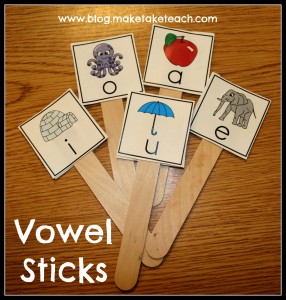Last summer I read Malcolm Gladwell’s book The Outliers. I haven’t read a good non-teaching type book in a long time. Although I call it a “non-teaching” type book, the ideas presented in the book shaped my thoughts of teaching and learning more than any other book I’ve read. The concept behind the book was to look at lives of extraodinarily successful people and the circumstances and conditions which lead to their success. There are many ingredients that lead to success, but the one concept that stood out as I read the book was that of the 10,000 hour rule. Gladwell said that in order to truly master a skill, whether it’s in athletics, music or a skill such as computer programming, a person must practice that skill for 10,000 hours! Putting in the hours, however, is not good enough. How you practice is equally as important as how much you practice. Practice must be deliberate. This means as you practice your skill, there is a concerted effort to improve by increasing the difficulty in gradual steps and repeating the skills to perfection.
How does this apply to teaching children to read, and specificially, how children master a specific skill such as learning their short vowel sounds? Well, obviously, if we want children to be strong readers, they need to practice reading, and practice reading A LOT! They also need to practice skills deliberately. Students need to “perfectly practice” the foundational skills essential to reading. Learning the correct vowel sounds is challenging for many young readers. So, how do we have our students “perfectly practice” short vowel sounds?
1. First, be sure you are teaching the correct sound for each vowel. Sounds simple, but several of the vowels sound very similar and this can be tricky. If you have volunteers working with your students, be sure they are also teaching the correct letter sounds. Visit the “Learn” section of this blog and view the Teaching Short Vowels video to learn the correct pronunciation of the short vowel sounds.
2. Use picture cues and key words to cue the correct vowel sound. Picture cues can be placed in the classroom and on the student’s desks.
Click HERE to download free key word picture cues to use in your classroom and for individual students.
3. Use hand signals for each vowel sound. More than any other strategy, I find teaching hand signals to be highly effective in having the students learn the correct sound. This way students are immediately cued into the correct pronunciation of the vowel sound. The Teaching Short Vowels may be helpful.
4. Provide frequent opportunities for students to practice short vowel sounds. “Vowel Intensives” is a strategy that I learned during my Phonics First training and find very helpful in teaching short vowel sounds. Using this strategy, students are given vowel sticks with either the key word or the letter and are required to hold up the correct vowel stick when the teacher provides the vowel sound. You can differentiate the activity by deciding which vowels to work with, how many vowels and by either providing just the vowel sound or a CVC word.
Click HERE to download the free pictures and letters to create your own vowel sticks.
Okay, I suppose 10,000 hours of short vowel practice is a bit overkill, but point well taken. Frequent and deliberate practice is key!
“Practice does not make perfect. Only perfect practice makes perfect” — Vince Lombardi





Thanks a lot for the information, and the webpage honestly looks excellent. Just what word press design are you employing?
Thanks for the feedback. My blog was custom designed by my fabulous graphics artist and by bitsocialmedia who worked together to come up with the format.
Thank you so much for these great ideas!
Wow This website is really cool.
I like the stuff.
I am a Resource Room Teacher using thr Sonday System with two third graders…can’t wait to make the short vowel sticks with my boys!!